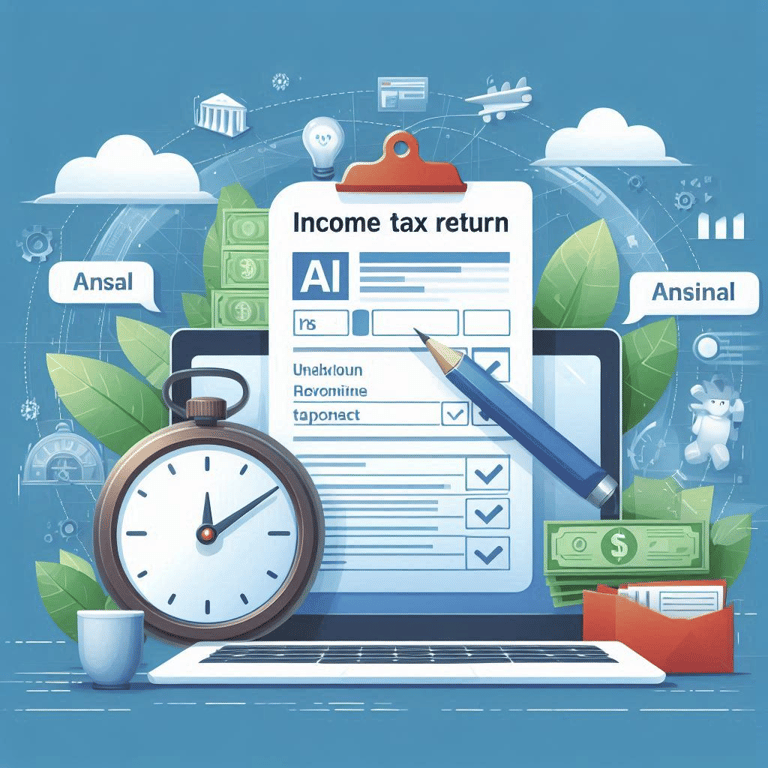An Analysis Regarding Inculcation of AI in Resolving ITR Queries
Anshita Agarwal
University of Petroleum and Energy Studies (UPES), Dehradun
This Blog is written by Anshita Agarwal, a Fourth-Year Law Studentof University of Petroleum and Energy Studies (UPES), Dehradun


INTRODUCTION
AI assistance has transformed the workplace by leaps and bounds. According to a recent survey, 57.3 % of the total workforce is self-employed, and 20.9% of the workforce are salaried workers and over 1 Lakh registered companies in India, they all need to pay their taxes and fill their ITR for the same. During COVID-19 when there was a situation of lockdown worldwide, in the UK, all these entities needed to file for ITR, which is regulated by HMRC, it was becoming impossible for them to respond to the queries, because of a lack of human resources, which resulted in long waiting list. But, to overcome this they adopted a digital approach which eased their burden to some extent. As India had also suffered during COVID-19 and in the era of digital India, this approach may be very helpful in the present scenario to solve ITR-related issues and might provide ease to some extent to the Income Tax Department during any other future unforeseen situations.
ADVANTAGES & DISADVANTAGES
Although the Income Tax Department has digitalized the majority of the ITR filling process, because of the increase in the complexity of tax laws and the increase in the number of taxpayers, there is a need to inculcate “Artificial Intelligence (AI)” to further improve and streamline the process.
1. Ease in Day – to – Day Tasks-
Providing ease in solving general queries like basic calculations, data entry, assistance in form filling, and meaning to general terms may leave the professionals to focus on complex issues with personalized advice to taxpayers.
2. Enhance Taxpayer Experience-
Providing chat boxes and virtual assistants can provide 24*7 assistance, guiding the filing process.
3. Increase in Efficiency and Accuracy-
May improve efficiency by automating tasks and reducing errors.
4. A Step towards Digital India-
Using AI may improve the efficiency of taxpayers as well as provide a new platform to the professionals also resulting in the overall growth of our developing India.
But there are always drawbacks to every initiation-
1. Increase in unemployment- inculcation of AI may replace human resources and can lead to an increase in unemployment within India.
2. Taxation Laws updations- As laws are made for people and need to be amended accordingly, AI may struggle with these changes and may provide insufficient and old information to the users.
3. Increase in errors- while identifying errors in ITR, it may be possible a new error is introduced if not carefully monitored and maintained.
4. Data privacy concerns- As there are plenty of cases related to cyber fraud, this may be possible that taxpayers may hesitate to share sensitive material information.
CONCLUSION WITH SUGGESTIONS
While using AI may offer great potential for streamlining the ITR filling process, its implementation requires oversight and supervision by professionals. However, automating simpler tasks and providing basic assistance may reduce the burden on tax advisors, and enable them to focus on complex issues more efficiently. However, it is crucial to use AI assistance carefully and in conjugation with human expertise to avoid any pitfalls or errors throughout the process.
REFERENCES: -
2. https://www.simplilearn.com/advantages-and-disadvantages-of-artificial-intelligence-article
